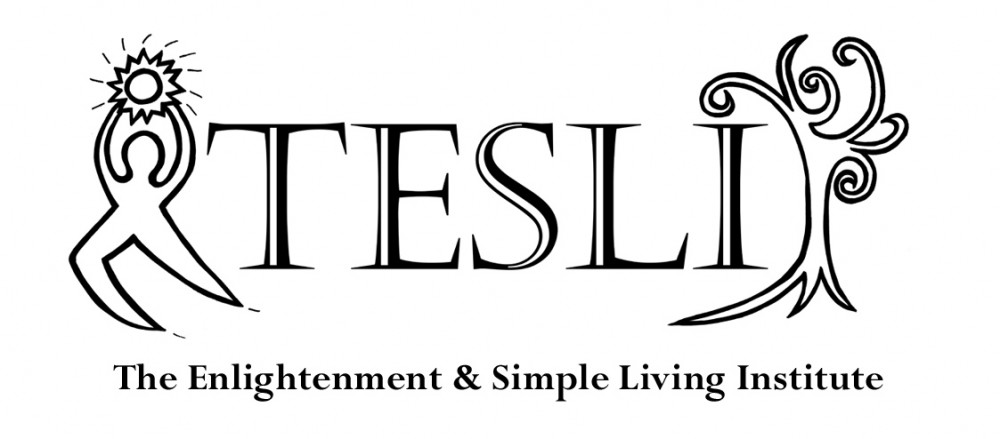School has started up again. My first lesson in Rio Salado BHS205 – Therapeutic Intervention Models is to write an essay on my beliefs of human nature, how people develop problems, and the most effective ways to help them. These are my thoughts:
I believe that humans share fundamental universal needs. These needs include connection, physical well-being, honesty, peace, meaning, fun, and autonomy. If the needs of a person are not met, then it is human nature for that person to seek to meet that need. People use a lot of strategies to get their needs met. For instance, someone that is not getting enough appreciation may react to that state by feeling angry, sad, or perplexed. They may seek to get the need for appreciation met by complaining, by striking out at someone, by working harder, or by asking for appreciation. Some strategies may work better than others in getting the need met. Many people do not use effective methods for getting their needs met because they either have not learned effective ways and/or they are not clear on what their need is.
People, their circumstances, and their reactions to those circumstances are a result of causes and conditions that are extremely complex and multi-faceted. Both genetics and environment play a role in creating the experience a person has of life. However, wondering about what has caused a person’s current experience or circumstances is not as important as applying strategies that can lead a person away from an undesirable circumstance to the one that is more optimal. I am a practical person. The past is harder to influence than the present. While lousy genetics and a terrible upbringing may present obstacles to achieving a person’s desired state, I believe all obstacles can be overcome.
A problem is anything that is unwelcome or unpleasant. Not all problems reach a level that instills a person with motivation to change. Many “problems” are either tolerated or “dealt” with using ineffective strategies. The threshold for personal action to change varies with people and is dependent on a person’s tolerance for discomfort and belief that change is possible. It is the individual that decides what is a problem and what is not.
All problems stem from a person having an unmet need and attempting to get a universal need met in ineffective ways. As such, any solution must apply methods to satisfy the unmet need. However, before a solution can be determined, an awareness of the problem must develop. Even when people are aware they have some problem, they may not have examined the problem or their life deep enough to realize where the problem is coming from.
For example, the apparent cause for a DUI may be that they were unlucky enough to have been driving down a street with a sobriety check point. A deeper reason for the DUI was that they made the faulty decision to drive after drinking. Another reason may be that they made the decision to drink. Deeper than that we may find the person was driven to drink by a need to escape or a need to have fun. Having fun is a universal need and the need to escape may be due to feeling pain from having another universal need like connection, meaning, or ease not being met.
The solution a person adopts will depend upon the level of problem they discover. If driving down a street with a sobriety check point is the cause of their DUI then the solution is to be more careful what streets they drive on when drunk. If they find they are using alcohol to escape from the pain of unmet needs (and do not like the consequences, i.e. DUI) then they can adopt strategies to get their needs met and/or alternative methods to care for themselves when they are in pain.
As a helping professional, I can help people identify what is the root cause of their problems and/or dissatisfaction. Incredible changes can arise from someone simply adopting a worldview that is based on awareness and non-judgment. This is the first step. After the problem is identified, or perhaps even more helpful, after the person identifies the kind of life they want to live, I can help the person plan strategies that will create that life and eliminate problems. This is the second step, deciding what strategies to use and coming up with a plan. The heart of the plan is that we cannot change other people, places and things directly, but that we can set up the conditions for both external and internal changes. Then, in order to implement the plan, often new skills need to be developed. I can help the person identify what skills they need/want and guide them in developing them. This is a dynamic process of change with each step giving feedback and informing future growth.
References
Gladding, S.T. (2005). Counseling theories: Essential concepts and applications. Upper Saddle River, New Jersey: Merrill Prentice Hall.
Rosenberg, M.B. (2005). Nonviolent Communication: A Language of Life
Encinitas, CA: Puddle Dancer Press.
